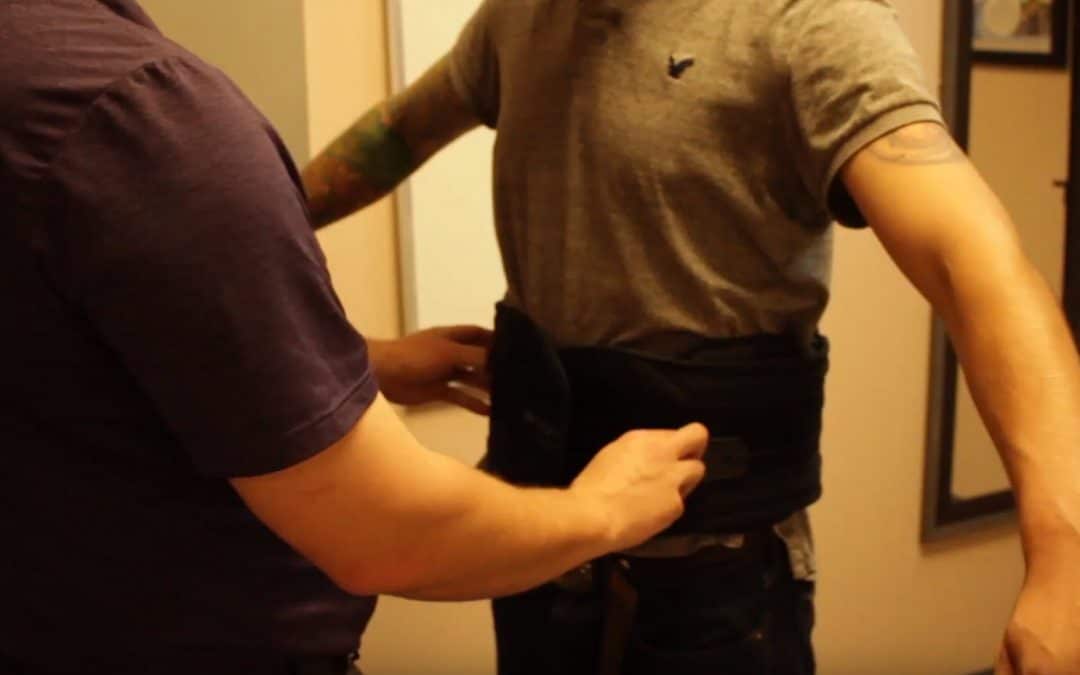
Gluten Free Tips with Dr. Sergey
Considering a gluten free lifestyle? In this video, Dr. Sergey Kochelayev from the Amazing Life Chiropractic and Wellness in Mill Creek goes over some very important tips. Many people make the same mistakes and are left confused and often frustrated. Follow these tips to ensure your transition is an easy one!
Why Gluten Free
Gluten intolerance and celiac disease has become more prevalent in our society today. Many people are making the switch for both health, and wellness purposes. The lifestyle is exactly as stated; which is the exclusion of gluten, but why are so many people having trouble making the switch?
Stop Chasing GF Alternatives
One of the biggest problems people have while transitioning to a GF lifestyle is they are looking for gluten free alternatives. May that be bread, pastries, snacks, etc. Dr. Sergey Kochelayev recommends people should switch to healthier alternatives such as upping your fruit and vegetable intake and trying new recipes that promote a healthier diet. Sure, you can cheat every now and then by eating GF alternatives. However, switching your diet completely will ease the process and make the transition easier!
For more information or if you have any additional questions, please feel free to contact us or visit our clinic at the Mill Creek location in Washington State.
Live without health problems – Because you’re worth it!
1(425)-737-5343
800 164th St SE Ste O Mill Creek, WA 98012


